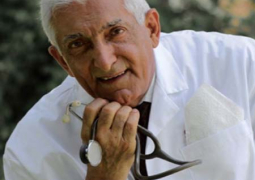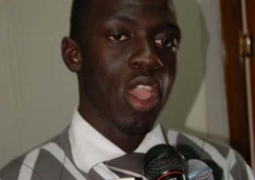Beneficiaries of the EU-funded MDG1c project say the intervention is improving their lives and livelihoods.
They made the disclosure to an EU delegation Monitoring Mission recently.
During the 3-day monitoring exercise, the team visited 8 project sites in NBR, CRR and URR.
The three-year project, entitled “Improving food security through crop production intensification and school feeding” is being implemented by FAO and WFP in partnership with the ministries of Agriculture and Basic and Secondary Education in four of the country’s administrative regions (North Bank, Lower, Central and Upper River Regions).
The Euro 7.6 million project seeks to accelerate progress towards achieving MDG1c in The Gambia through increased household food security and incomes of beneficiary farmers.
The project`s component dealing with crop production intensification funded up to the tune of Euro 5.5 million is being implemented by the FAO in partnership with the Department of Agriculture.
It targets some 9,000 farmers in 140 communities across its intervention sites through farmer-based organizations.
The garden sites visited were NuimiLamin (NBR), DarsilamiMandinak (URR), Njoben (CRR/S) and Sutukung (LRR).
Other communities visited were Samba Njabeh in NBR (Millet Growers), Sukuta (Rice and Rice Seed Growers – CRR/North), Willingara (Rice and rice Seed Growers –CRR/S and Badume Koto (Millet milling Machine).
The beneficiaries told the EU-monitoring Mission that the project is greatly changing their lives through “increased household food, income and improved nutrition”.
“The project has improved nutrition due to an increase in consumption of vegetables,” a female beneficiary at Darsilami Women`s Vegetable Garden in LRR stated.
Another woman at Sutukung Women`s Garden remarked: “The intervention has changed our lives due to increased incomes and improved nutrition.”
During a visit to the FAO field office in Basse, the regional project coordinator informed the team that there are 35 project intervention sites in the area cultivating maize, millet, rice, and vegetables.
Dr SaikouSanyang further described the loan repayment rate as encouraging, noting that 82.21 per cent of funds disbursed to the beneficiaries through a revolving fund has been repaid and the surplus used to purchase fertilizers.
At Samba Njabeh in NBR, the community also informed the EU Mission that through the fertilizers provided by the project, they were able to set up a revolving fund which has generated some funds to be used to purchase fertilizers for this cropping season.
(Press Release)





